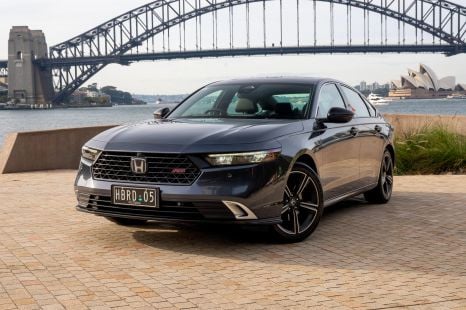

Andrew Maclean
2025 Honda Accord e:HEV RS review
2 Months Ago
The BYD Seal is about to shake up the EV world with its impressive value, styling, cutting-edge tech, and an impressive level of luxury.

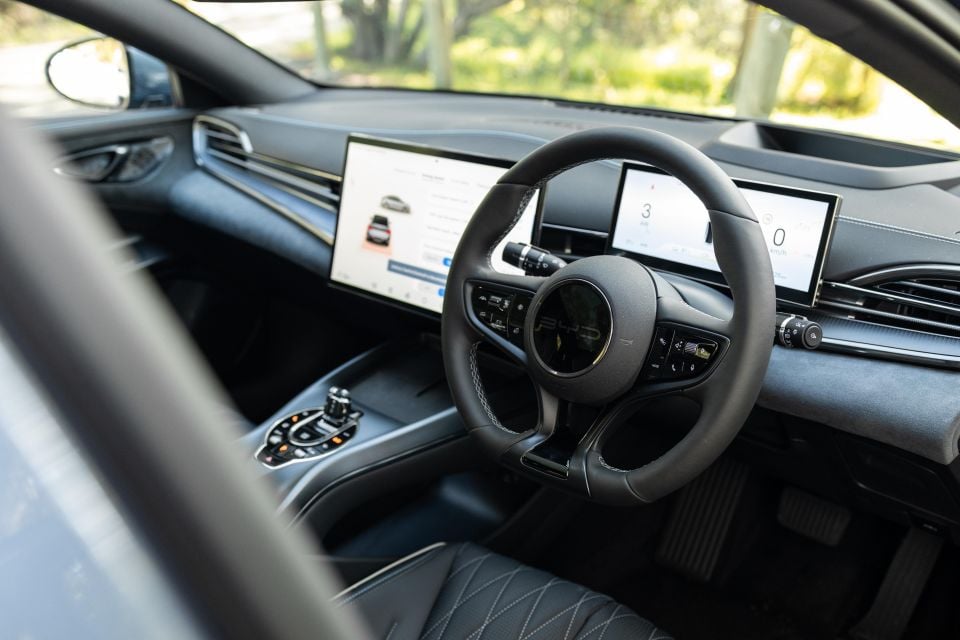

Quickly see how this car stacks up against its competition. Select any benchmark to see more details.
Where expert car reviews meet expert car buying – CarExpert gives you trusted advice, personalised service and real savings on your next new car.
Rapidly growing Chinese carmaker BYD, which also makes electric buses and trains, has already told the Australian media it wants to be the number one car brand here by 2030.
The car you see here, its latest flagship sedan called the Seal, might just put it a step closer to realising such a lofty goal.
BYD has quickly proven itself as a popular player in the ultra-competitive Australian market, with sales of its debut Atto 3 SUV standing at more than 25,000 units in just over a year; thanks to a thoroughly modern design, loads of tech and equipment, and outstanding bang for buck in the growing EV segment.
It’s also just dropped its all-electric hatch called the Dolphin, and while it doesn’t quite have the same modernistic design aesthetic of the Atto 3 or indeed the Seal, it nevertheless launched with top billing as Australia’s cheapest EV ($38,890) thereby outshining the much lauded MG 4 ($38,990) in the process – albeit by just $100.
However, the Seal is an entirely different proposition altogether – a genuine game changer for BYD, if not the entire Australian EV market, and a dead-set rival for the big-selling Tesla Model 3 thanks to the same bang-for-buck formula. Only this time, it’s on a much grander scale.

Understandably, BYD is backing the Seal to the hilt – with early signs suggesting it could outsell the Atto 3 according to the CEO of BYD’s local distribution partner EVDirect, Luke Todd.
“Interest in the Seal is off the charts. It won’t surprise me if the Seal sales volume surpass the Atto 3 because of the levels of interest but time will tell,” says Mr Todd.
The design itself is genuine head-turner, if our two days with the Seal Performance was any indication as to the reactions of the population at large. Some thought it was a mid-size version of the Porsche Taycan, while another couple thought it was a new BMW EV – I guess they didn’t recognise the badge.
Not surprising, really, when you learn the design team was under the lead of BYD’s global design director, Wolfgang Egger, who spent time penning his wares at Alfa Romeo (think 8C), Audi and Lamborghini. That’s irrefutable drawing talent right there.
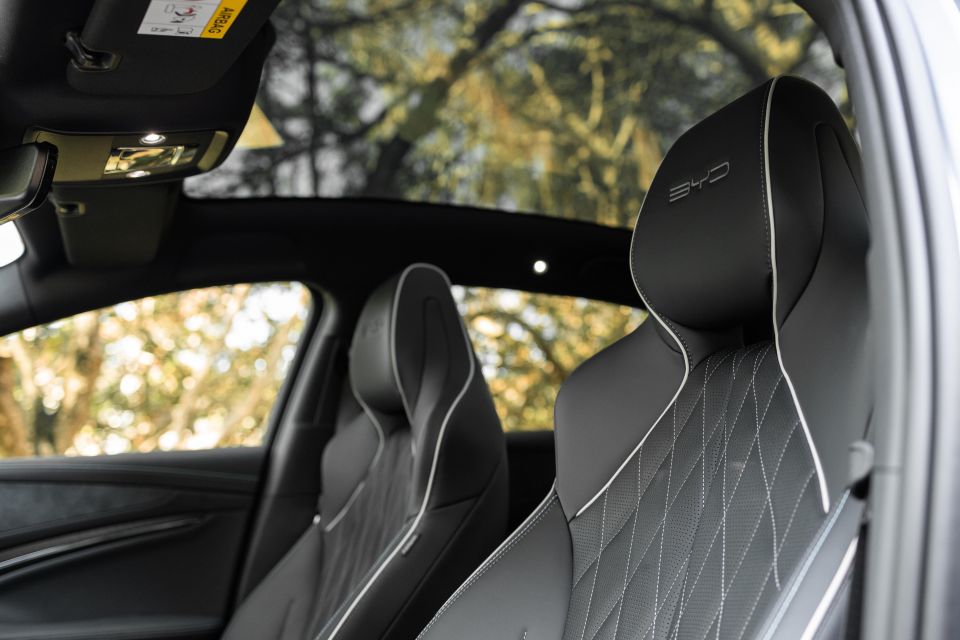
It’s not exactly distinctive in the way Taycan is, or even the Model 3, but it’s beautifully fluid with similarly smooth curves and a remarkably slippery drag coefficient of just 0.219Cd.
There’s some subtle power bulges on the bonnet, leading into some super-slim LED headlights and DRLs. The low-profile side mirrors have got those Ferrari-esque extensions, while the ‘water droplet’ tail lights joined by a full-length light bar look particularly cool at night.
There are no bad angles here, at least with our 2024 BYD Seal Performance tester and the only variant we have sampled so far.
Both front and rear end styling treatments look equally handsome, though it points unequivocally towards a sports sedan with its protruding front bumper and deep-set rear diffuser offering hints towards its high-performance status.
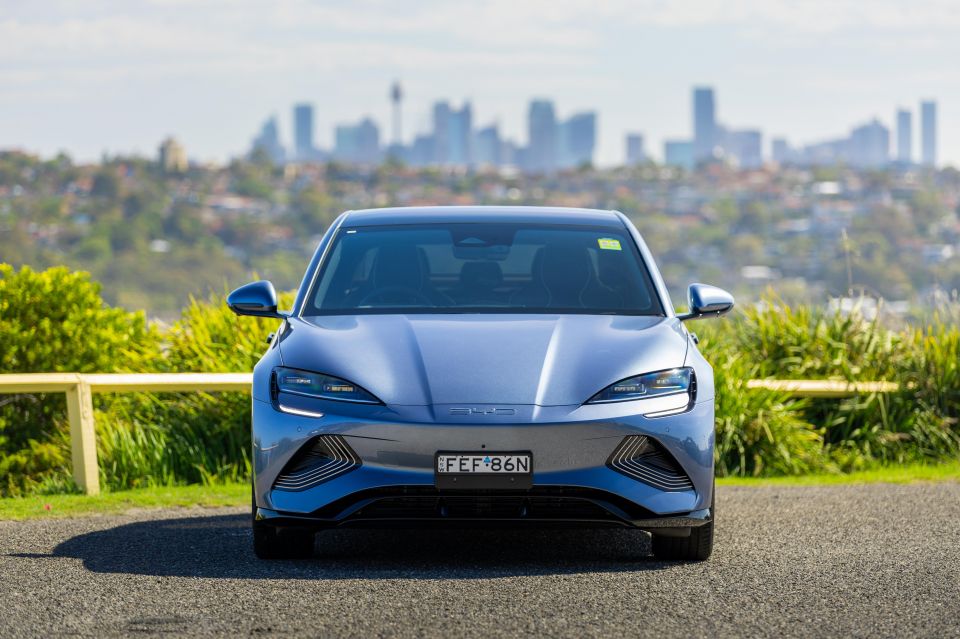
And, while the ‘Build Your Dreams’ script may have gone, you might be wondering what the ‘3.8S’ on the boot lid refers to.
Clearly it’s not the displacement but that’s how log long it takes Seal to scoot from zero to 100km/h under a full-tilt launch.
BYD offers the battery-electric Seal sedan in three model variants.
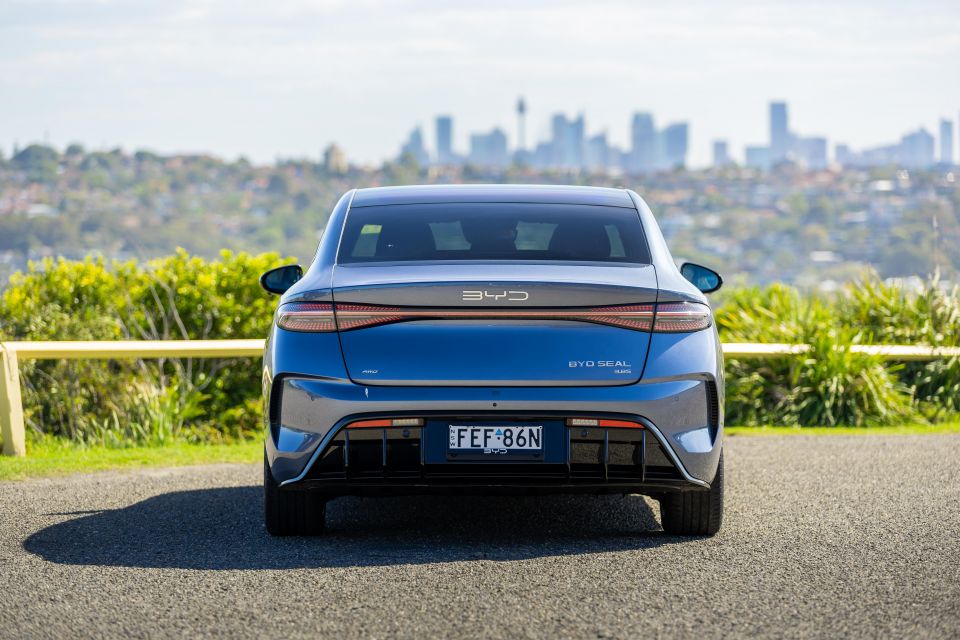
It kicks off with the Seal Dynamic Standard Range from $49,888 before on-road costs, while the Seal Premium Extended Range is priced from $58,798. The range-topping BYD Seal Performance AWD tested here costs $68,748 before on-roads.
In yet another BYD pricing coup of sorts, that sees Seal beat its closest rival and recently updated Tesla Model 3 by a whopping $12,012; given the hugely popular electric sedan starts at $61,900 before on-roads.
Rivals include Hyundai Ioniq 6 from $65,500 for the 111kW 2WD, while the Polestar 2 Standard Range Single Motor is priced from $67,400.
2024 BYD Seal pricing:
Prices exclude on-road costs
Impressive, luxurious and loaded with the latest tech is what immediately comes to mind when you enter the cabin for the first time.
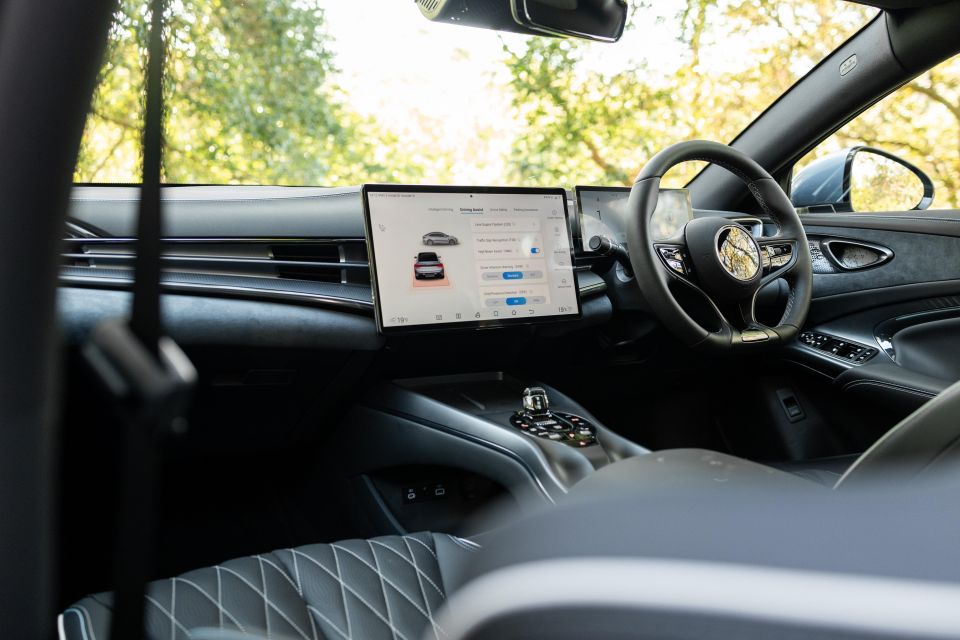
You’re straightaway drawn to BYD’s large-scale central touchscreen measuring no less than 15.6 inches. It comes with the added option of electrically rotating from landscape to portrait at the touch of a button should you like your nav directions more forward or simply get bored with the rest of the tech – unlikely as that might sound.
It might take you some time to figure out the sub-menus and where to find what you need but I found it all relatively intuitive – especially getting out of the Tesla Model 3 just a few weeks ago – where the exclusion of Apple CarPlay was decidedly annoying.
Unlike the latest Tesla Model 3 update which still leaves drivers without a display ahead of the steering wheel, the Seal is equipped with a 10.25-inch digital instrument display with crystal clear fonts and sharp graphics and colours.
The quilted seats in Vegan leather with contrast stitching and piping are superbly designed and cushioned with whole-seat bolsters and good under-thigh support.
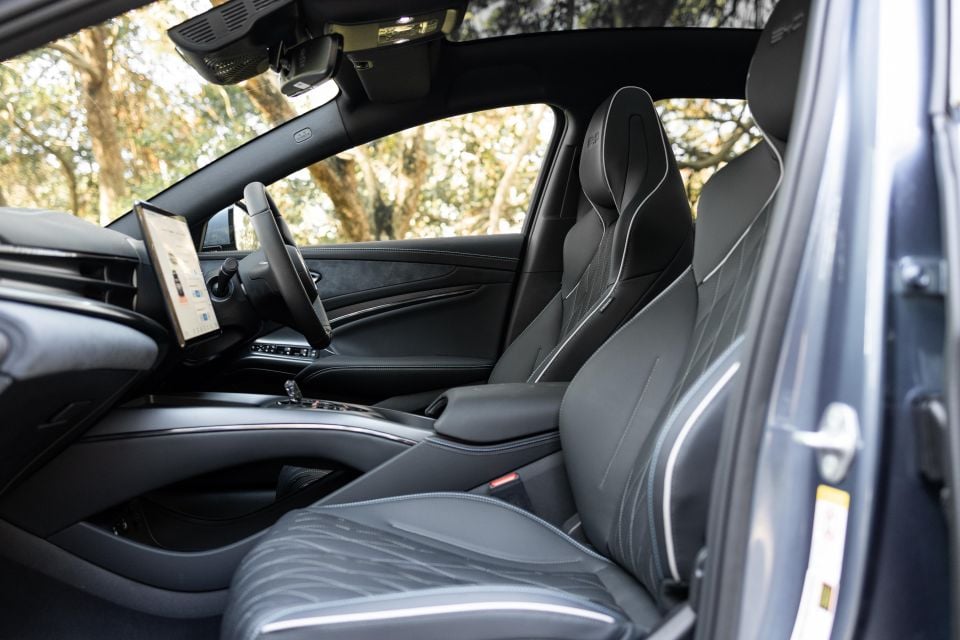
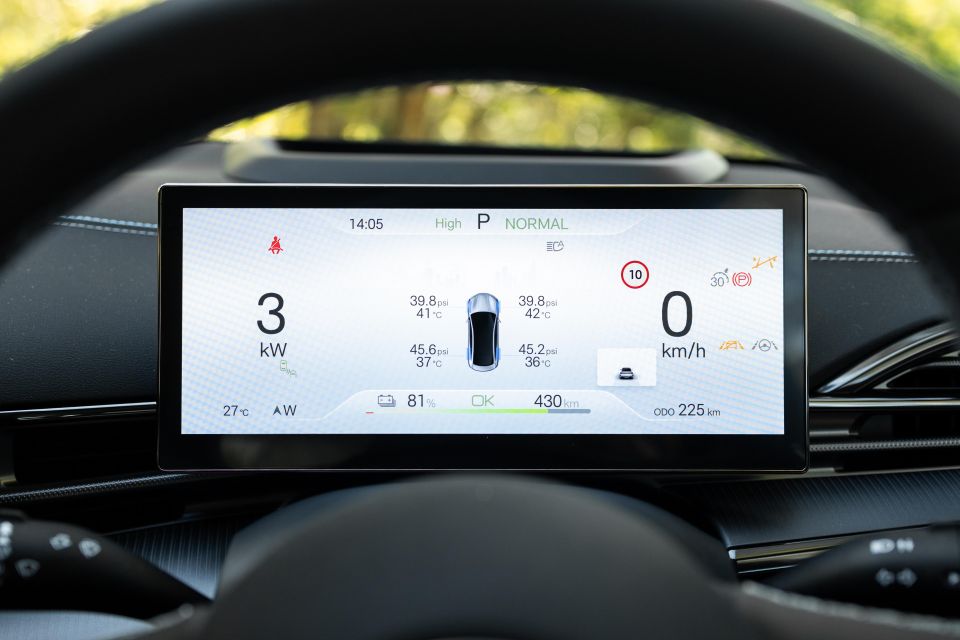

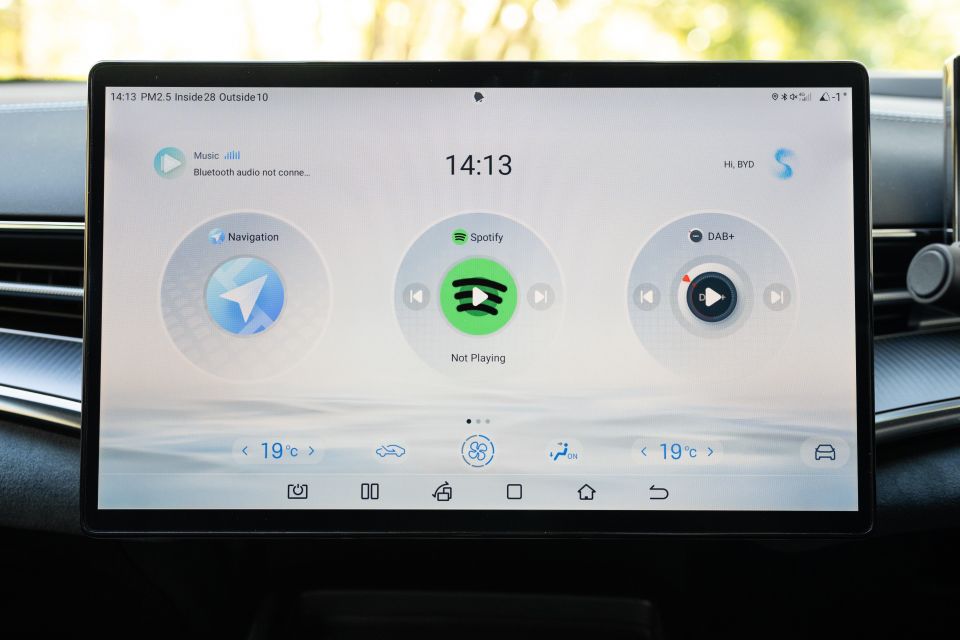
While we didn’t get to do any long distance trips, even with stints of a couple of hours, you get the distinct impression these pews were designed by the chiropractic profession. They’re heated and ventilated too.
The centre console houses the Porsche-like crystalline drive selector (it could be glass), along with various short-cut buttons and scroll wheels for drive modes and volume. All the stuff that the Tesla Model 3 lacks.
Interestingly, the smooth curves outside are mirrored on the dash, console and door cards, at least on the brightwork and cupholders.
There’s also tasty mix of trims that blend nicely with the leatherette upholstery, including a liberal amount of suede cloth on the dash and door cards and smoked metalwork for air vents, door pulls and the Dynaudio speaker grills.
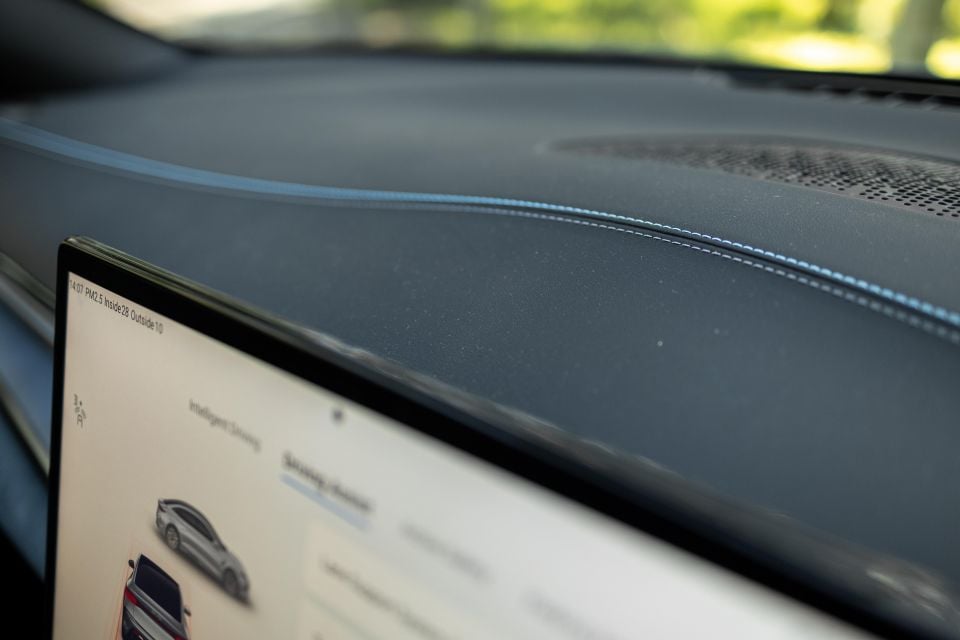
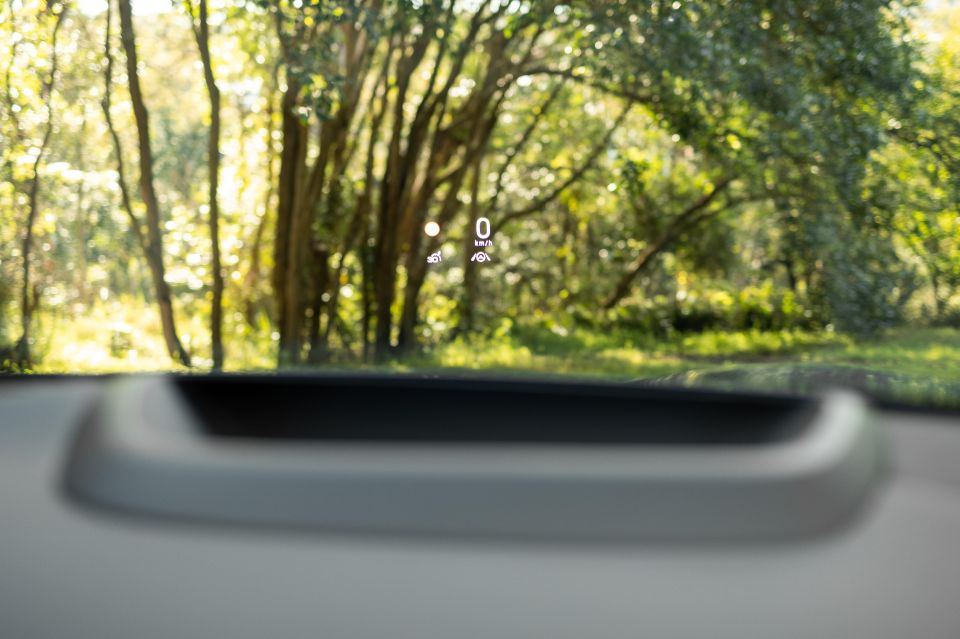
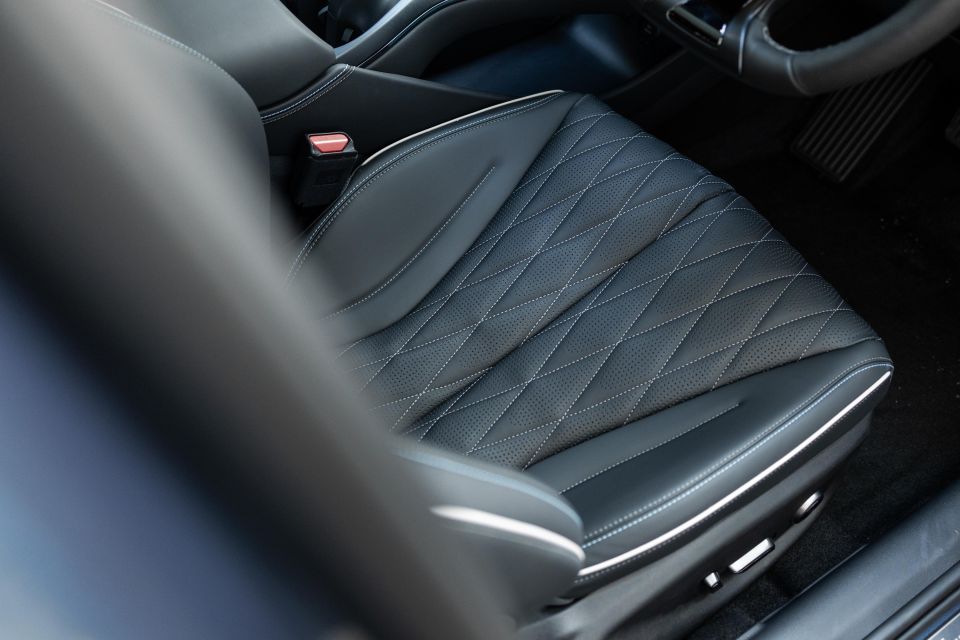

There’s also a genuine leather-wrapped flat-bottom steering wheel for both the Performance and Premium Seal variants that’s both tactile and nicely contoured – the type you might find in a BMW for instance.
It’s also got lots of functionality via haptic buttons, scroll wheel and a toggle switch on either side of what is a relatively classy looking steering wheel boss.
Cheap plastics are few and far between in Seal, but even those touchpoints look and feel better than those in some more expensive euro models.
There are multiple ambient lighting options accessed via sub-menus on the central screen as well as floor lighting that resembles a nightclub in my day. Still the kids will enjoy changing the colours and overall cabin vibe.
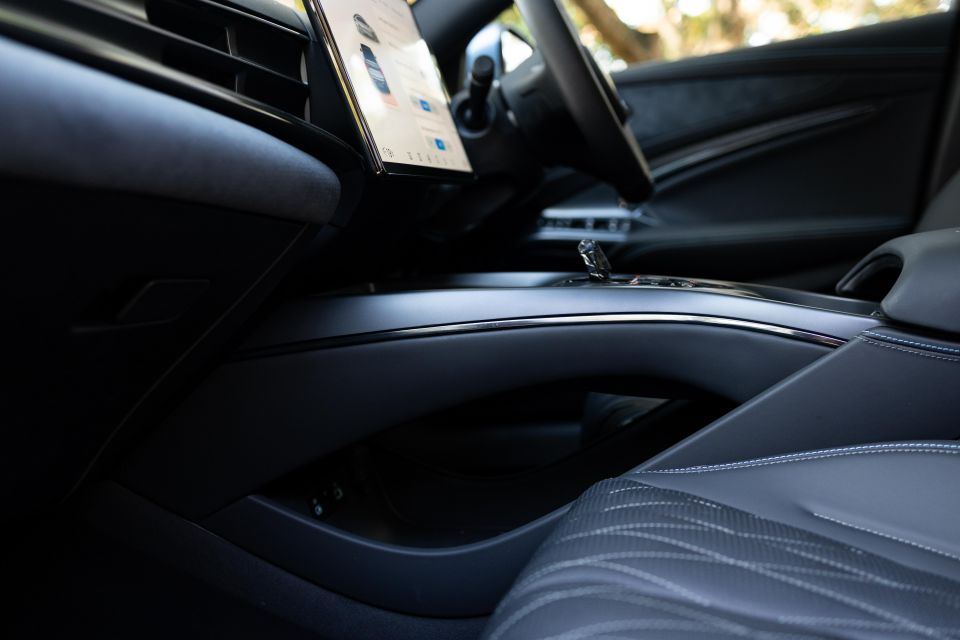
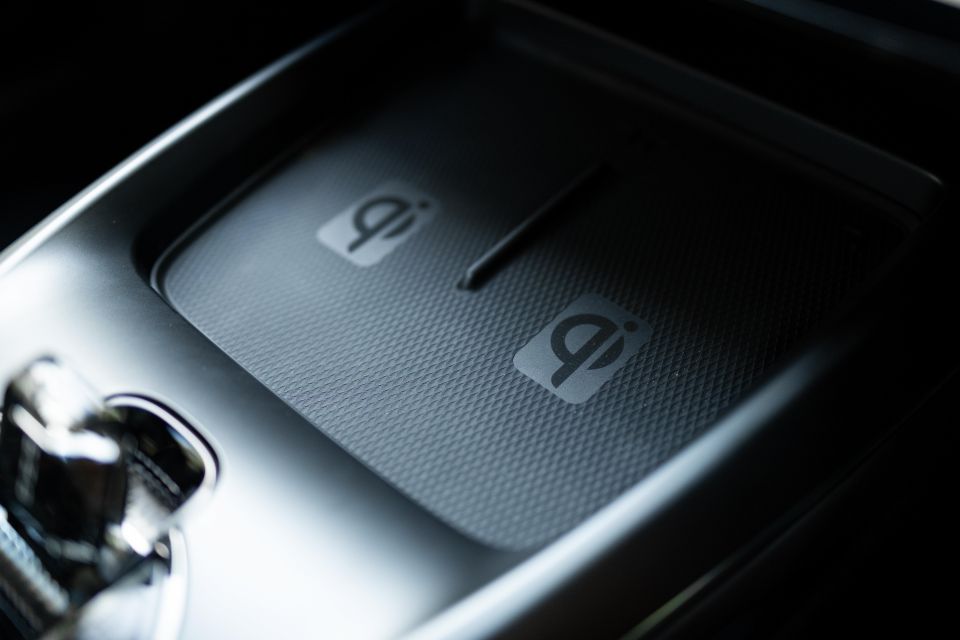
Ahead of the drive selector are two wireless charging bays, but the rubberised surface isn’t particularly grippy, so we found our phones (with grippy Apple covers) still slid around in the corners.
However, there’s still plenty of upfront storage either underneath the console bridge which also houses USB ports or in the central storage bin. Plus, there’s two generously sized cupholders that can always double as another odds and ends compartment.
For back seat passengers the comfort plan continues with similarly quilted upholstery and bolsters on the outer seats, along with generous leg room, especially behind this tester’s forward driving position.
There’s also a dead-flat floor providing a more comfortable middle-seat experience, though under-seat toe room is hampered.
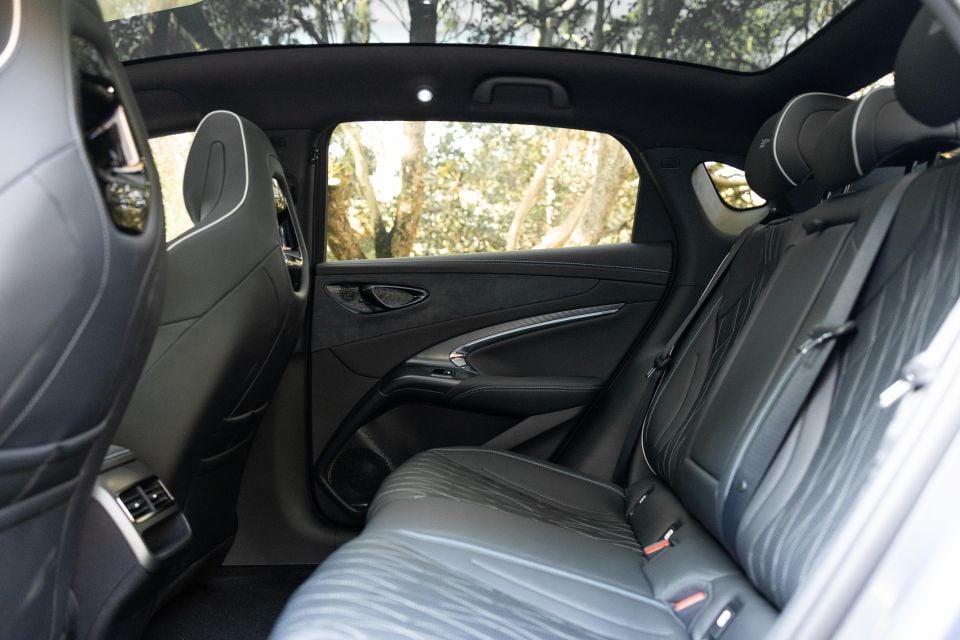
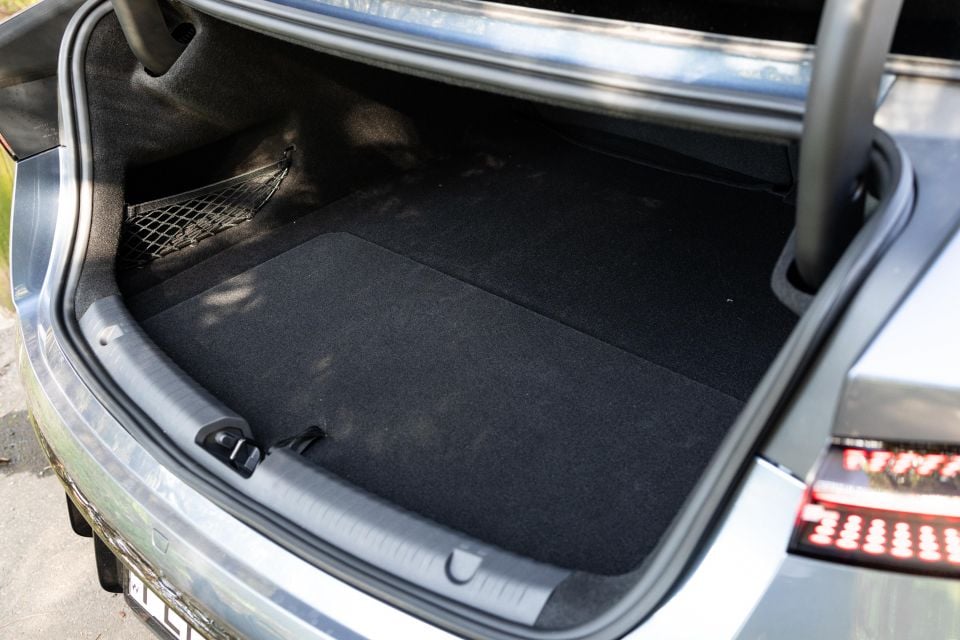
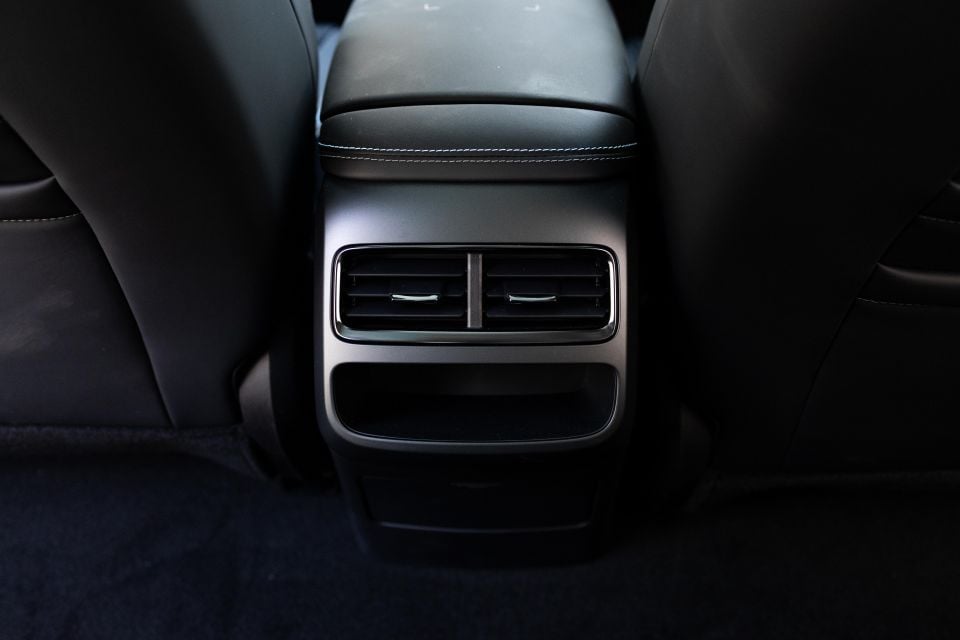
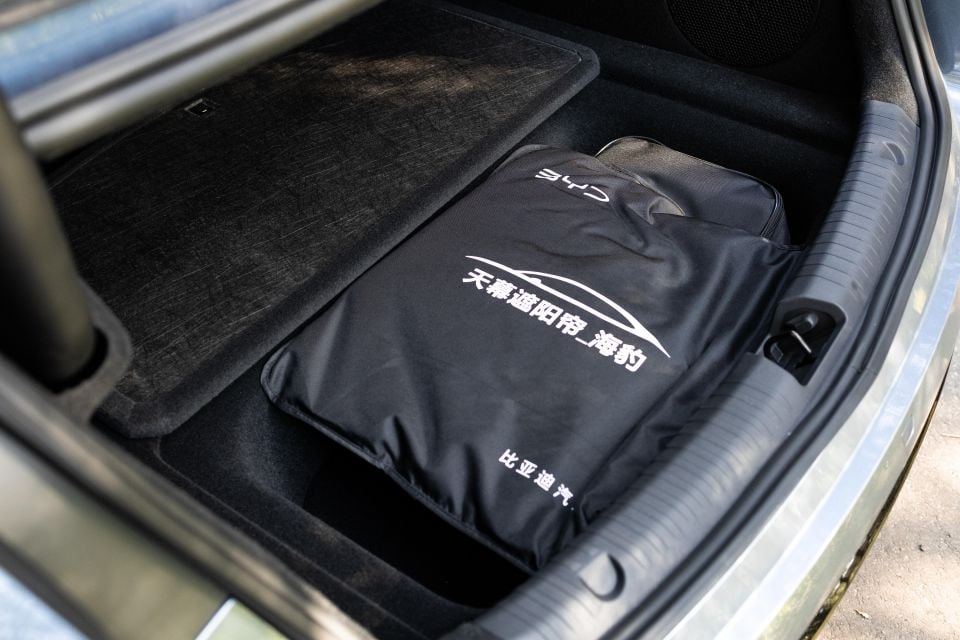
Not only are there proper seat pockets and two USB ports but there’s also dual phone sleeves for both rear-window seats.
Despite the Seal’s acutely tapered roof line and one of the largest fixed panoramic roofs we’ve seen in the segment, headroom remains ample for average frames.
Boot space is only decent at 400 litres and substantially less than the Model 3, but the aperture appears wider with little to inhibit the loading of wider gear such as golf clubs.
For spill-over space, either for a small bag or charging cables, there’s a ‘frunk’ (with a hinged cover) that opens up another 50 litres of storage.
Effectively, the 2024 BYD Seal offers buyers the choice between three different drivetrains.

The Dynamic Standard Range uses a 61.4kWh battery and features a single electric motor and rear-wheel drive, with 150kW of power and 310Nm of torque. It can go from 0-100km/h in a claimed 7.5 seconds.
The Premium Extended Range gets the larger 82.6kWh battery but also uses a single-motor rear-wheel drive configuration, with 230kW and 360Nm and a 0-100km/h time of 5.9 seconds.
The Performance AWD tested here also uses the bigger battery but features a dual-motor all-wheel drive configuration with 390kW and 670Nm and a claimed 0-100km/h time of 3.8 seconds – hence the badge on the boot lid.
One of BYD’s key USPs is its Blade battery technology which is produced in-house and fundamental to the car’s structural platform which sees the battery pack top cover serve as the body floor dubbed ‘Cell to Body’.
Both battery packs can be charged at up to 150kW using DC power with Vehicle-to-Load (V2L) capability to power various appliances.
Proper confirmation of range and power usage wasn’t possible with just two days with the Seal, that will come later when our Melbourne team gets the car through CarExpert’s garage.
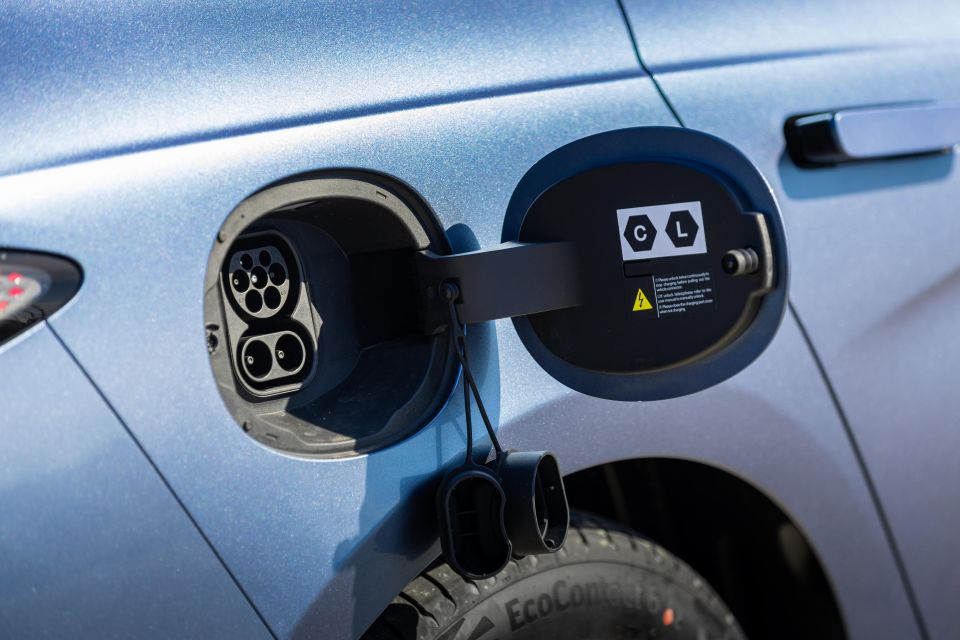
BYD Seal range (WLTP):
We already knew Seal was going to be quick from its performance claims, but it’s not neck-snapping like the BMW i4 M50 xDrive, which boasts the same 3.8-second 0-100km/h sprint time.

Oddly enough, I found Seal to be fractionally laggy on initial tip-in, even in Sport (software driven most likely), which could be by design to make the whole instant torque thing less manic and thus more appealing to first-time EV buyers. It makes sense given the sheer ferocity of acceleration on tap in the Performance variant.
Once out of the blocks, though, the Seal’s power delivery still isn’t as linear as that of the Bimmer or Model 3, and slightly more aggressive at times – but we’re talking small increments here and for substantially less money. The Seal is still adequately rewarding in the way it puts the power down.
Nevertheless, we were more interested in Seal’s chassis engineering that its outright pace. That is; steering, suspension, braking and just how deftly the Performance AWD’s chassis deals with all 2185kg of twisting mass.
There’s good linearity and weight to the steering rack, which is also sharp and quick to respond to smaller inputs. Up the ante though, through a few tight corners and Seal feels more agile that I might have given it credit for.
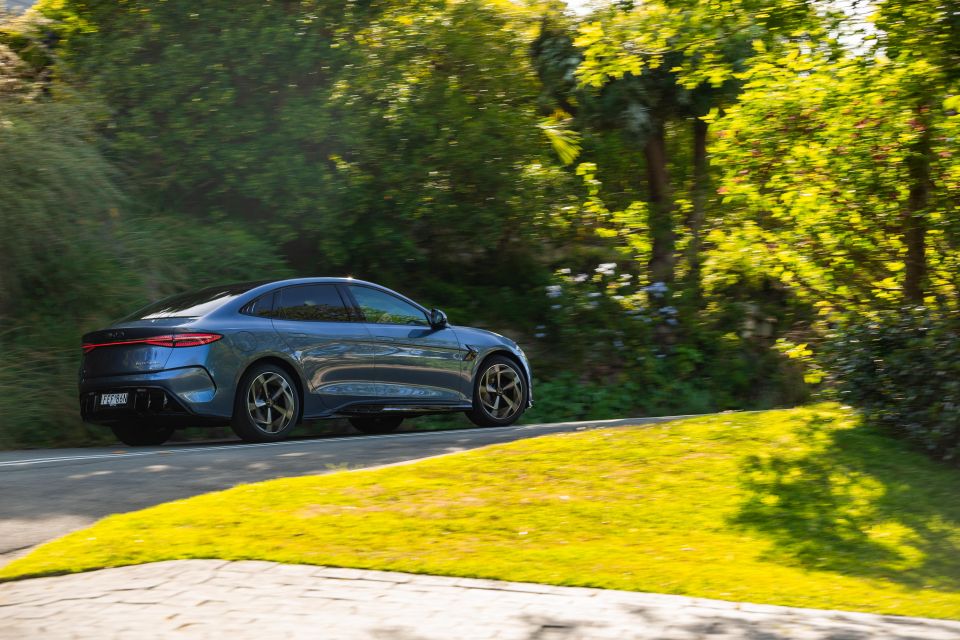
Where expert car reviews meet expert car buying – CarExpert gives you trusted advice, personalised service and real savings on your next new car.
That overall composure is helped by a combination of factors including AWD and what BYD calls its Golden Ratio Body – read 50:50 weight distribution, along with the added benefit of a lower centre of gravity thanks to its integrated Blade battery tech.
It stops well too, with good pedal pressure after the initial bite and it remains consistently strong even after multiple hard stops. The front discs are drilled and ventilated while the rears are ventilated.
Additionally, there’s solid engineering under the skin. Up front there are double wishbones, while out back it’s a five-link rear setup that uses Frequency Selective Damping shock absorbers (FSD) – not to be confused with full-time active suspension.
However, it doesn’t provide quite the same level of feedback as an i4 or even the updated Model 3, but I’d say its 80 per cent there and by that measure, sufficiently engaging along with good body control when properly hurried.
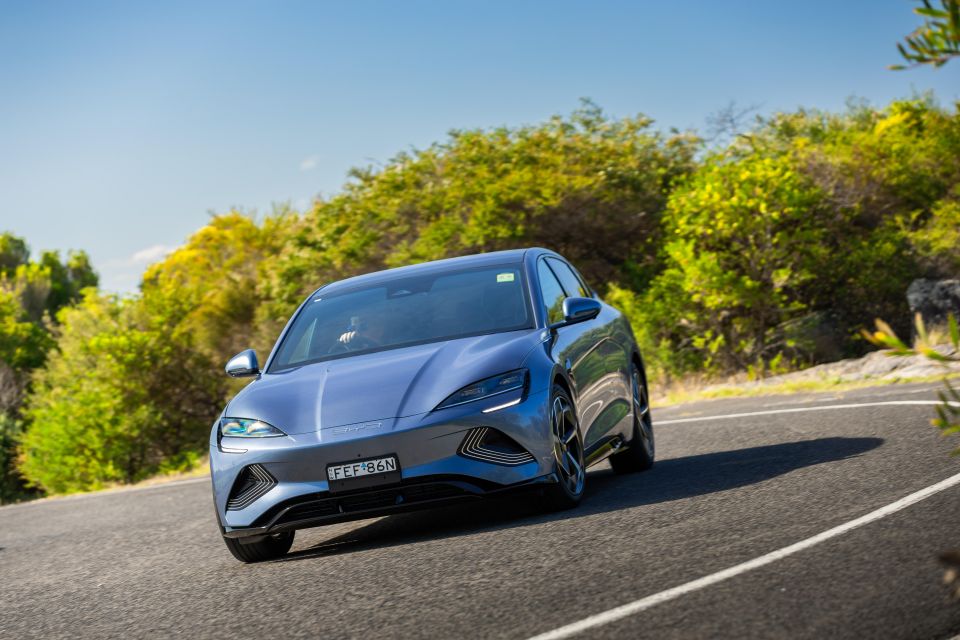
There’s brake regen too, but there are no paddleshifters to control it – for that you’ll have to access a sub menu on the central screen and there’s only one level that I could find.
Mind, it might be billed as a sports sedan and for sure it’s suitably accomplished when it comes to outright pace and road manners, but I’d argue that’s not the sole remit of this halo BYD model, it’s as much about comfort and technology, and in those areas Seal really starts to deliver.
There’s an entire suite of ADAS safety systems at play here too, and if you’re in the city, you might want to switch off the Active Lane-keep Assist, as we found it overly zealous to the point where it’s unpleasant at times. Mind, you’ll have to wade through a sub-menu or two to get to the switch but it’s easy enough.
While there’s a good level of compliance with the suspension ironing out bumps of all sizes as well as broken roads, the ride itself, while certainly comfortable, still teeters on the sporty side of things.
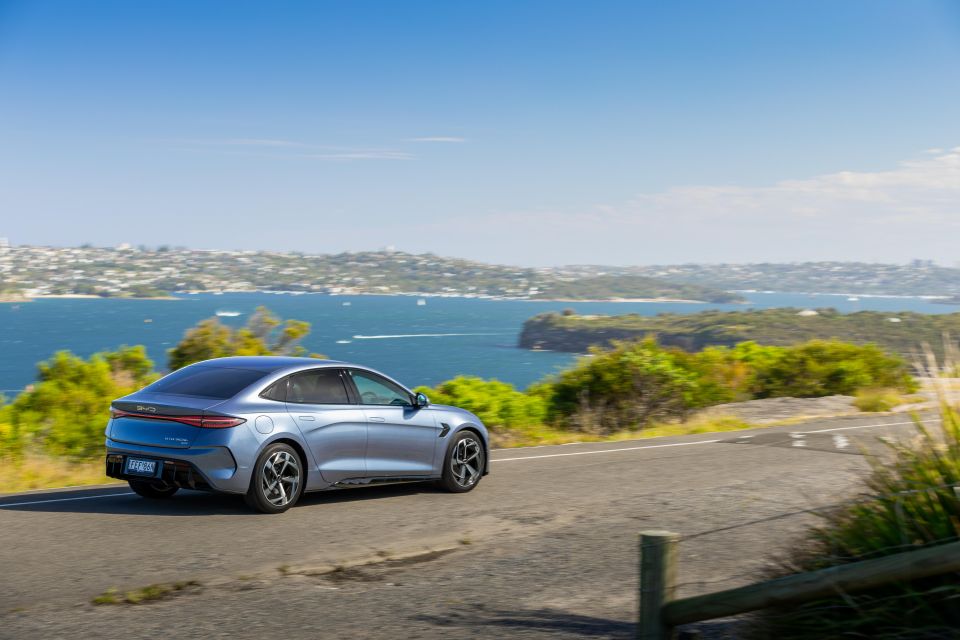
Overall though, the Seal is nicely refined with an unexpectedly quiet cabin thanks to double glazing and quality sealing (no pun intended). It makes for a sound experience when sitting back in traffic and enjoying the high-end Dynaudio sound system.
Finally, there’s not a lot of tyre noise either, that’s likely down the 19-inch EcoConti rubber which measure 235/45 all round – so designed more for comfort than outright corner carving.


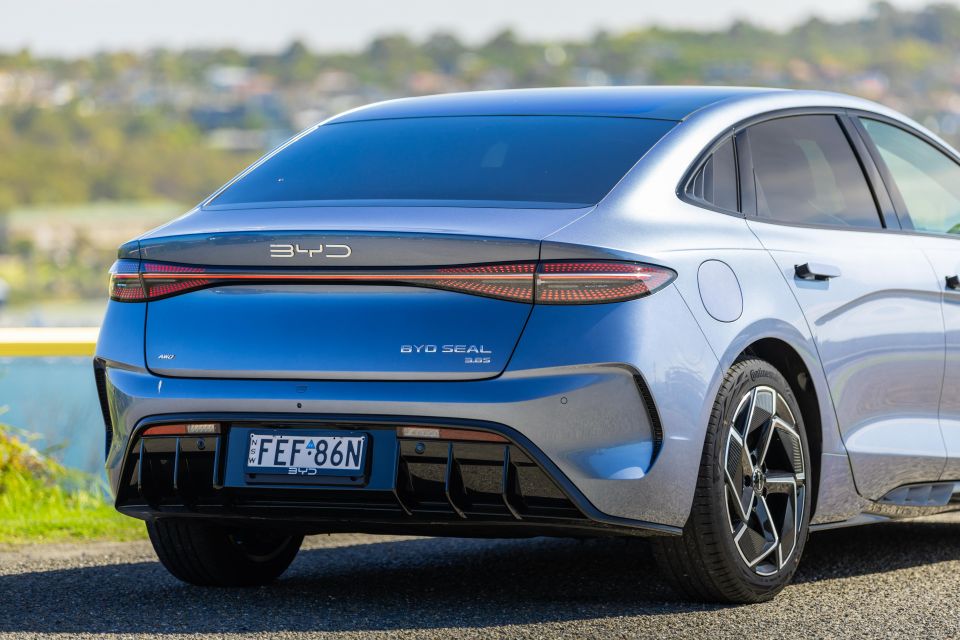
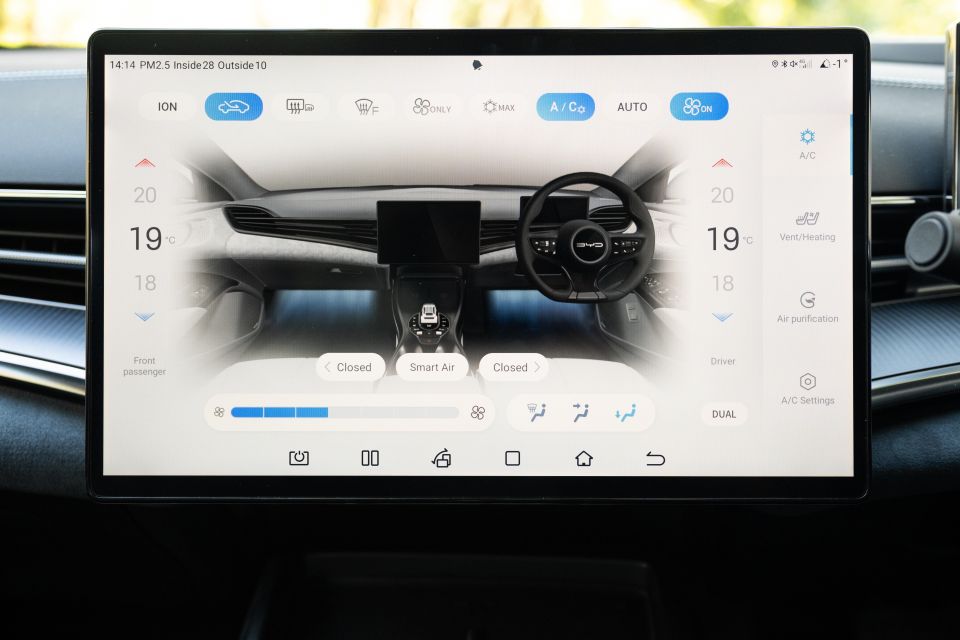
Seal Dynamic Standard Range highlights:

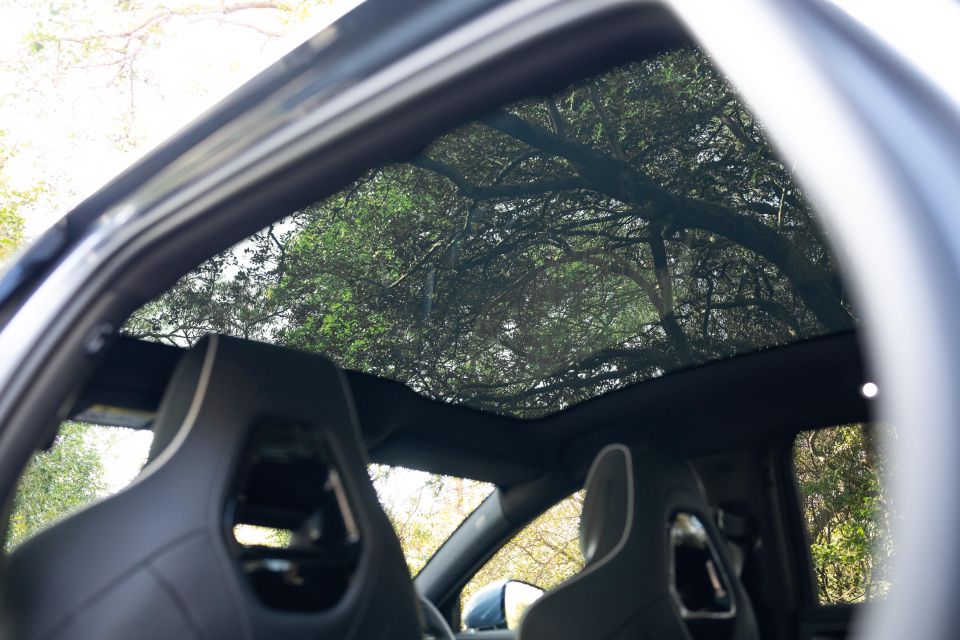
Seal Premium Extended Range adds:
Seal Performance AWD adds:
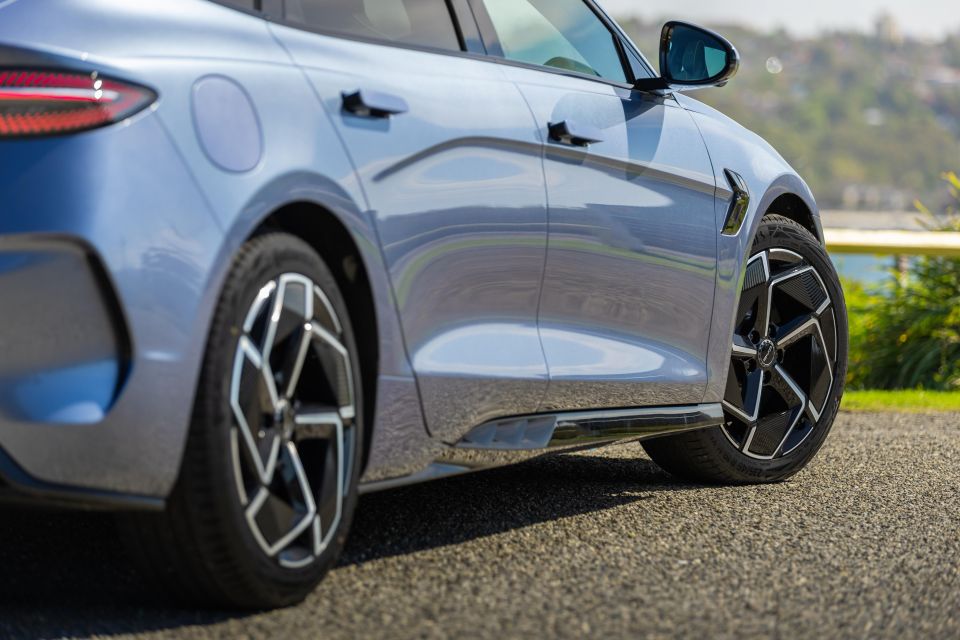
Aurora White is a no-cost option, with the other finishes costing $1500 or $2000 in the case of Shark Grey, which is available only on the Performance.
Interior colours are either Ocean Blue or Thaumas Black. The Ocean Blue interior costs an extra $1500.
ANCAP has awarded the Seal a five-star safety rating, against new, tougher 2023-25 testing criteria.

It received an adult occupant protection rating of 89 per cent, a child occupant protection rating of 87 per cent, a vulnerable road user protection rating of 82 per cent, and a safety assist rating of 75 per cent.
Standard safety equipment includes:
The BYD Seal is backed by a six-year, 150,000km vehicle warranty and an eight-year, 160,000km battery warranty.
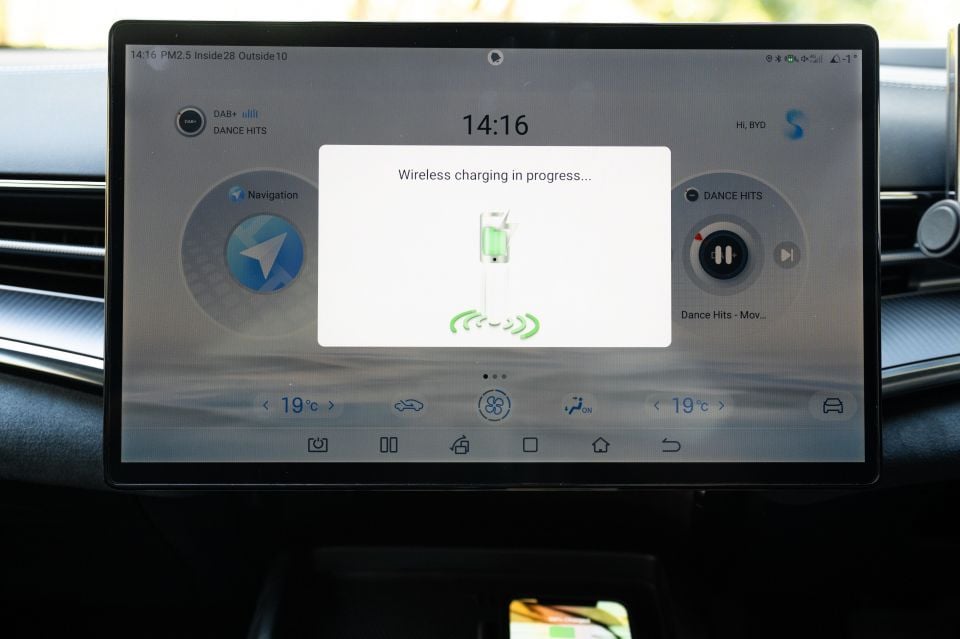
Servicing is required every 12 months or 20,000km – BYD distributor says the first eight services are priced at $189, $370, $189, $447, $189, $370, $189, and $447 respectively.
Make no mistake; the BYD Seal is about to shake up the EV world.
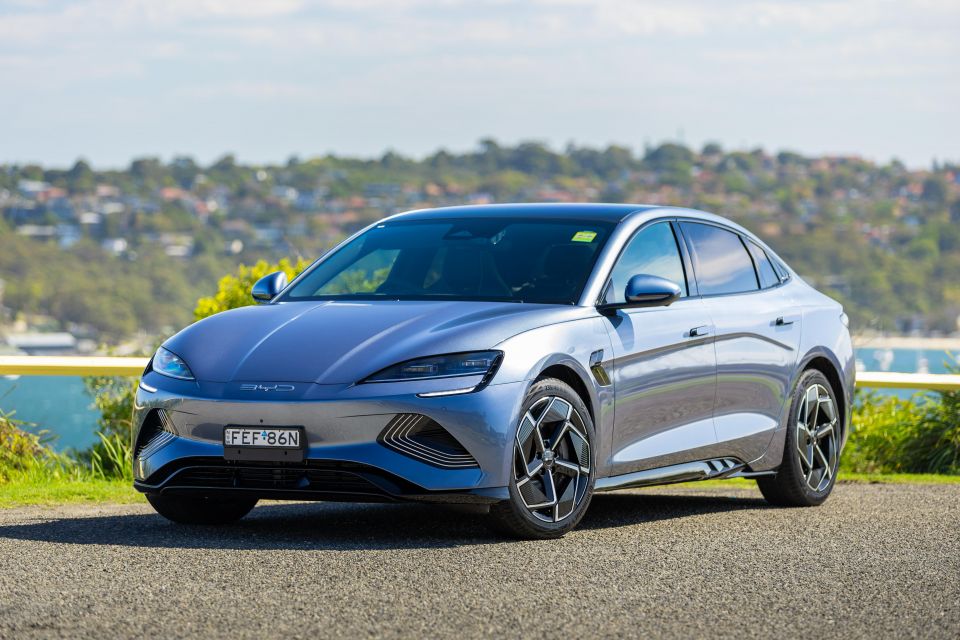
Its impressive styling, cutting-edge technology, sound engineering and an impressive level of comfort and luxury at prices that will likely leave the competition scrambling.
Mind it’s not the benchmark when it comes to the drivetrain or suspension and tuning, but it’s close enough to give rivals a pretty big scare – and that’s before BYD’s pricing starts to woo those first-time EV buyers looking for an easy segue from combustion engined cars to battery electric vehicles.
We already know there’s huge interest in Seal as outlined in the introduction to this review, but I’d suggest BYD might want to shore up its enviable supply chain given just how popular this EV is likely to become given such an all-encompassing package.
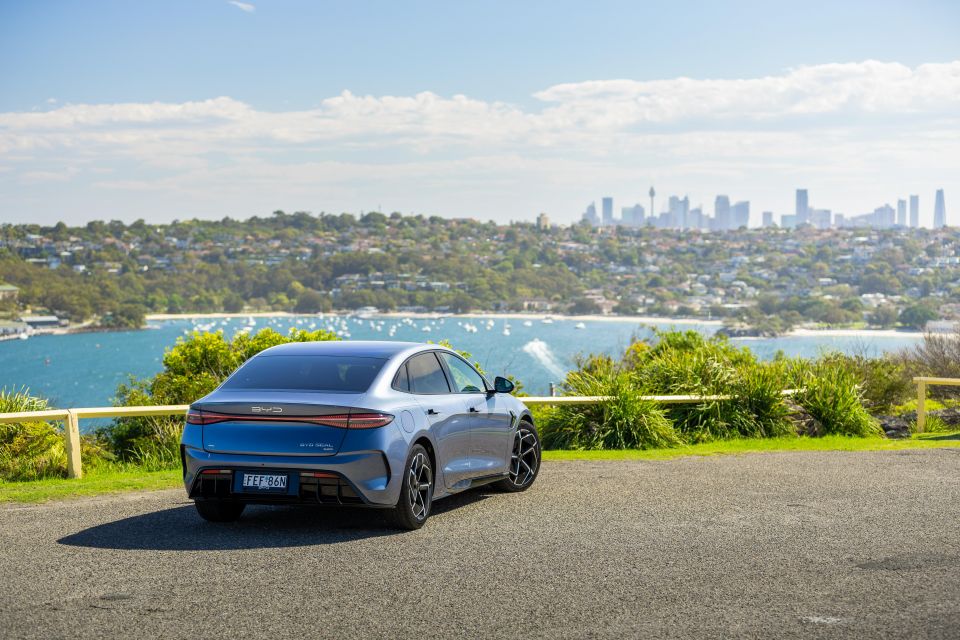
Click the images for the full gallery
BUY: BYD Seal MORE: Everything BYD Seal
Where expert car reviews meet expert car buying – CarExpert gives you trusted advice, personalised service and real savings on your next new car.


Andrew Maclean
2 Months Ago
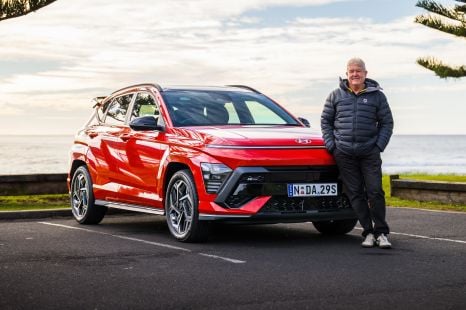

Anthony Crawford
2 Months Ago
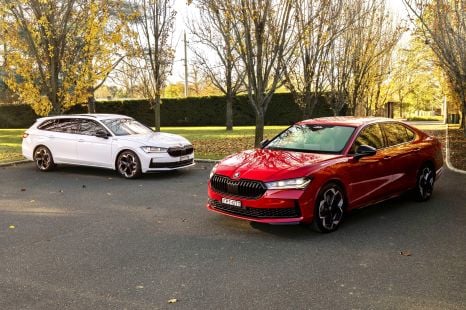

Max Davies
2 Months Ago
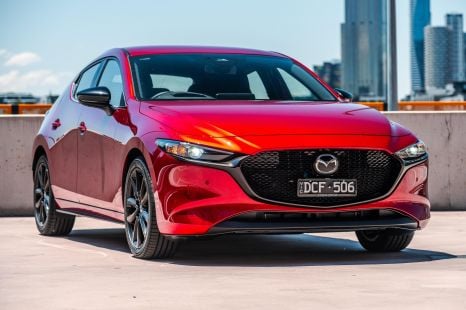

Josh Nevett
2 Months Ago


Josh Nevett
1 Month Ago


James Wong
29 Days Ago